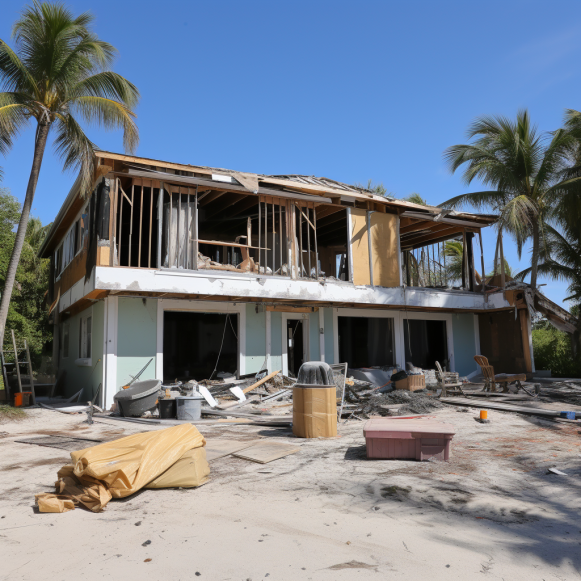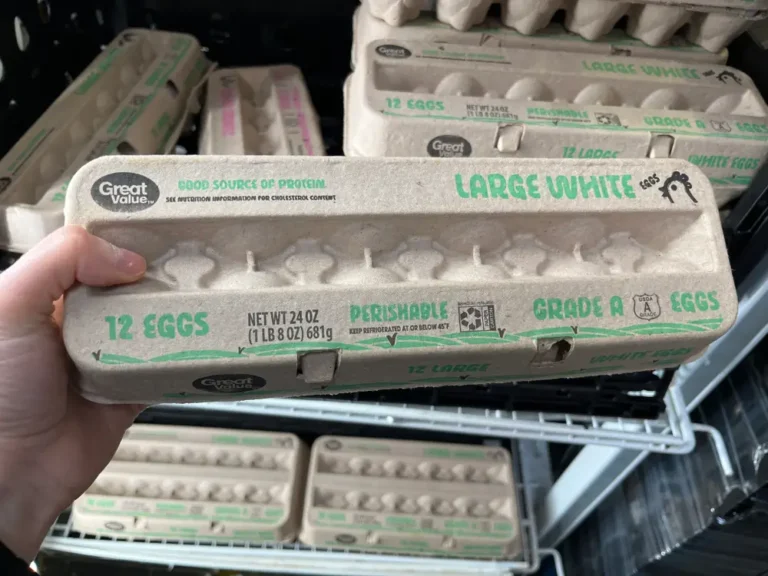The home and auto insurance crisis and how to keep your coverage

“Sheer panic.” Teddy Mars of Louisiana felt this way when his homeowners insurance company refused to renew his policy in early 2023. The final option left him and his family paying more for homeowners insurance than they did for their mortgage.
Mars had to dip into his nest egg and withdraw $12,000 from his individual retirement account to cover costs. “We’re not sitting on a huge mountain of cash here,” Mars asserts. When you have a mortgage, you don’t have the option of not having insurance.
“It’ll break my heart, but I think we’re going to have to leave,” Mars, a Louisiana native, says. But packing up and leaving town is difficult with a high school-aged son. Mars is also concerned about the saleability of his home. “Who wants to buy a house in our area when they can’t insure it?”
Americans are becoming all too familiar with Mars’ story as climate disasters strike the country with increasing frequency and ferocity. Many people are facing an affordability crisis with home and car insurance due to inflation and an increase in auto accidents and thefts.
Homeowners find themselves between a rock and a hard place.
According to a recent NerdWallet survey, roughly 3 in 5 homeowners’ insurance premiums have increased in the last year. And roughly one-tenth are concerned that their insurer will cease operations in their state.
It’s a legitimate concern. Private homeowners insurance in Florida, for example, has become so scarce that Citizens, the state-funded “insurer of last resort,” is now the state’s top property insurer by number of policies.
Many homeowners are opting out of insurance entirely. According to a 2023 Insurance Information Institute survey, 12% of homeowners do not have homeowners insurance. Approximately half of those homeowners have a household annual income of less than $40,000.
“It’s a bloodbath,” says Dori Einhorn, owner of Einhorn Insurance in California, which specializes in wildfire insurance. “I’ve never seen anything so awful.” Einhorn is referring to the growing number of insurers who are abandoning Golden Gate policies. “As long as global warming persists, I don’t see how this is going to stop.”
Automobile insurance premiums are skyrocketing.
It’s not just homeowners insurance that’s becoming more difficult to obtain. Car insurance companies are scrutinizing the vehicles they insure while raising their rates. Just ask Florida’s Gail Harlan.
Harlan received new policy documents from her insurer after signing the lease paperwork for a 2023 Kia Seltos. “I was in absolute shock,” Harlan recalls feeling when she discovered she was paying significantly more for her new policy than she was for her previous vehicle.
Harlan had used a pay-per-mile car insurance program with her previous vehicle, a 2022 Honda CR-V. She was able to keep rates low because she didn’t travel far. Harlan had to get a regular, flat-rate policy because she couldn’t get on the same program as her new Kia Seltos. As a result, she went shopping.
Harlan obtained quotes from several insurance companies for much higher premiums than she was previously paying. For a six-month policy, the highest quote she received was more than $2,200. One major insurer even refused to give her a quote, citing a recent string of thefts involving Kia and Hyundai vehicles. Despite the fact that Harlan had presented an email from Kia explaining that her 2023 Kia Seltos was not considered at risk for those same types of thefts, this response came. “I figured this was going to be easy,” Harlan says.
And Harlan isn’t the only one. According to the NerdWallet insurance survey, more than one in every six car insurance owners say their premiums have increased significantly in the last year. According to the most recent Bureau of Labor Statistics data, car insurance costs increased 19% in August compared to the previous year. Meanwhile, an increasing number of Americans are simply refusing to purchase car insurance.
The risk pool in America is leaking
When you buy insurance, your premiums are combined with the premiums of everyone else. Insurers use this pool to pay claims for the unlucky few. The problem is that for many businesses, this pool is running dry, forcing them to replenish it by raising rates or kicking people out.
The following are some of the factors that are causing the leak:
- More expensive claims. Due to an increase in extreme weather events and traffic deaths across much of the United States, insurers are having to dig deeper into their pockets to cover claims. Inflation, supply chain problems, and labor shortages have all fueled the fire.
- The ever-increasing cost of “reinsurance.” Reinsurance, or insurance for insurers, is becoming more difficult to obtain, putting pressure on home and auto insurers to avoid high-risk markets.
- Disagreement between insurers and states. Because home and auto insurance are regulated at the state level, carriers are subject to state legislation. In Florida, for example, insurers are suffering from a disproportionately high number of lawsuits. Furthermore, many insurers have cited state-imposed rate hike limitations as a reason for leaving California.
There are glimmerings of hope that insurers will be able to plug the leak, such as a recent United States Senate hearing on the property insurance market, signs of taming inflation, and insurance reform in Florida.
But that won’t be much comfort to the many Americans struggling to make ends meet. According to a LendingClub survey conducted in 2023, three out of every five Americans live paycheck to paycheck.
What you can do to help
If you’re having trouble paying your insurance premiums or are concerned that your insurance company will drop you at renewal, here are six things you can do:
1. Shop around
Premiums for home and auto insurance can vary greatly depending on the company. If you believe you are paying too much, go shopping. To ensure you’re getting the best deal, get quotes from at least three different companies. This strategy worked for Harlan, who eventually found a car insurance quote she liked.
2. Seek assistance
3. Modify your coverage
You can reduce the cost of insurance by taking on more of the risk yourself. For example, you may be able to increase deductibles or drop unnecessary optional coverages. Just don’t cut your coverage to the point where you’d be financially destroyed if disaster struck.
4. Get ahead of the problem
Insurers inspect the homes they insure (or plan to insure) on a regular basis. This is particularly true for older homes in high-risk neighborhoods. Give them no reason to cancel or deny your coverage. Clear away any nearby brush or overgrown trees, and make sure your roof, electrical, plumbing, and HVAC systems are in good working order.
5. Do your homework before you buy
Check insurance quotes before you sign on the dotted line if you’re thinking about purchasing a new home or car. That way, you won’t be surprised by an expensive policy that you can’t afford. You can also determine a property’s vulnerability to climate change by entering its address into riskfactor.com.
6. Do not allow your insurance to lapse.
While it may be tempting to avoid paying a high premium, allowing your insurance to lapse can exacerbate an already dire situation. You would not only be fully liable for any damages to your home or car, but future insurers may consider you risky to insure. This will almost certainly result in higher premiums when you decide to re-enroll in insurance, even if you had a valid reason for the lapse. Not to mention that insurance is required if you own a car or have a mortgage.






